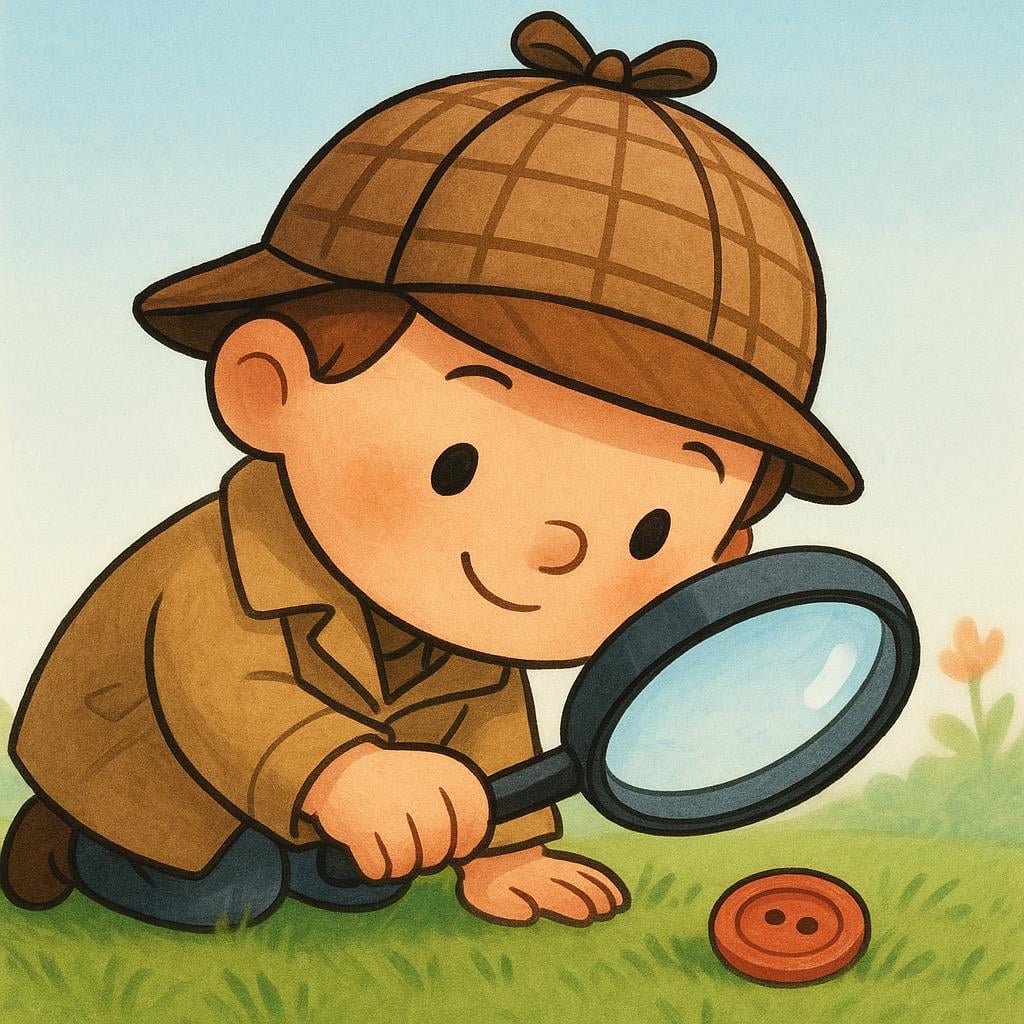
busco
BOOS-koh
Quick Reference
📝 In Action
Busco mis llaves. ¿Las has visto?
A1I am looking for my keys. Have you seen them?
Busco un buen café cerca de aquí.
A1I'm looking for a good coffee shop near here.
Busco trabajo en el sector tecnológico.
A2I am seeking work in the technology sector.
💡 Grammar Points
The 'I' Form
Busco means 'I look for.' Spanish often drops the 'yo' (I), so you usually just need to say 'Busco' and everyone knows who is doing the action.
Verb Type
This verb, 'buscar', is a regular AR verb, meaning its endings follow the most common pattern, making it easy to learn.
❌ Common Pitfalls
Preterite Spelling Change
Mistake: "Yo buscé"
Correction: Yo busqué. In the past tense ('I looked for'), the 'c' changes to 'qu' to keep the hard /k/ sound before the 'e'.
⭐ Usage Tips
Expressing Intent
To say you are looking for someone or something, you simply use 'busco' followed by the item/person. If it's a person, remember to use the 'personal a': 'Busco a mi hermana' (I look for my sister).
🔄 Conjugations
indicative
present
imperfect
preterite
subjunctive
present
imperfect
✏️ Quick Practice
💡 Quick Quiz: busco
Question 1 of 2
Which Spanish pronoun is implied when you say 'Busco'?
📚 More Resources
Frequently Asked Questions
Is 'busco' the same as 'estoy buscando'?
They are very similar! 'Busco' means 'I look for' or 'I am looking for' (simple present). 'Estoy buscando' (I am searching) uses the continuous form, which emphasizes that the action is happening right this moment. In everyday conversation, 'Busco' is often shorter and more common.
Does 'busco' require a preposition afterward?
No, 'busco' is used directly with the thing or person you are trying to find. For example, 'Busco el libro' (I look for the book). If you are looking for a person, you must use the 'personal a': 'Busco a Juan' (I look for Juan).